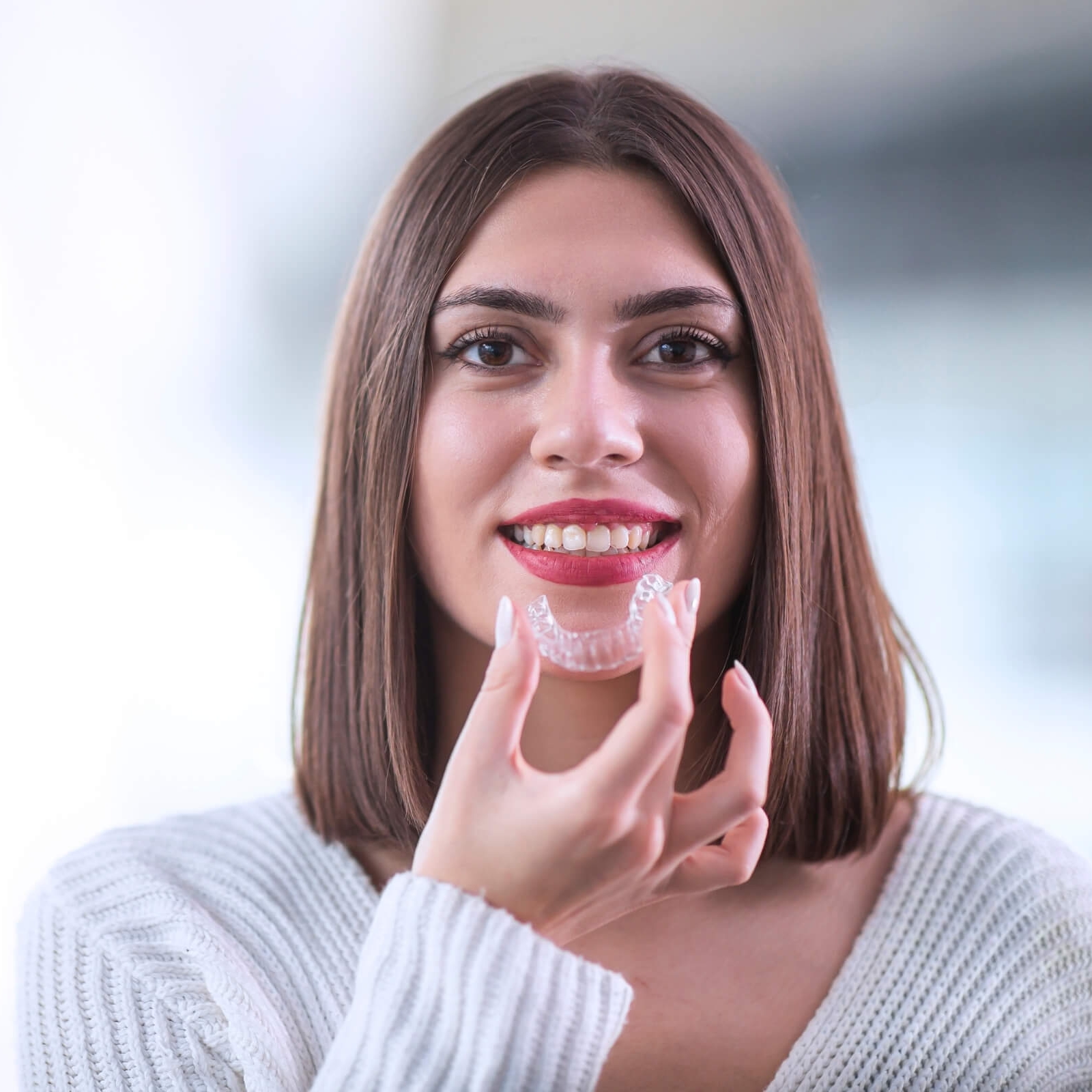What is Orthodontics in Calgary, AB
In the field of dentistry, orthodontics is one of the many specialties. The word “orthodontics” derives from the Greek words orthos, which means straight, and odons, which means teeth. The field of orthodontics is concerned with diagnosing and treating tooth misalignment and irregularities in the jaw area. At first, orthodontic treatments were primarily designed to treat teens and preteens, but today around 30 percent of orthodontic patients are adults.
Well-aligned teeth offer many benefits, including easier cleaning, better oral hygiene, clearer speech, and a more pleasing smile. While orthodontic treatment can be effective at any age, the American Dental Association recommends that an orthodontic assessment be conducted around the age of seven. There is no doubt that the earlier orthodontic treatment is started, the sooner the problem can be successfully resolved.

How can orthodontics help?
The field of orthodontics is a versatile one that can be used independently, as well as in conjunction with maxillofacial surgery and cosmetic dentistry.
Orthodontics is commonly used to treat the following conditions:
- Anteroposterior deviations
The difference between a pair of closed jaws that differs anteroposteriorly is known as an anteroposterior discrepancy or deviation. This discrepancy can take the form of an overbite (with the upper teeth in front of the lower teeth) or an underbite (with the lower teeth in front of the upper teeth). - Overcrowding
An orthodontic problem that is commonly encountered is overcrowding. This condition occurs when there is not enough space for the normal growth and development of adult teeth to occur. - Aesthetic problems
A beautiful, straight smile may be marred by a single misaligned tooth that can ruin the appearance of the smile. The orthodontist can realign this tooth with ease and accuracy. It is also possible for orthodontists to reshape and restructure the lips, the jaw or the face with the help of orthodontic treatment.
The Orthodontic Solution
As a technologically advanced field, orthodontics offers many sophisticated solutions to malocclusions and other cosmetic issues. To diagnose the precise nature of the discrepancy, the orthodontist will generally perform a visual examination, panoramic x-rays, and study models (bite impressions) before recommending an orthodontic treatment plan.
An orthodontic diagnosis can lead to a variety of treatment options.
The following are some of the most common treatments:
- Fixed orthodontic braces
Each tooth is fitted with a metal or ceramic dental base and a dental wire is inserted through the base. Regular adjustments of the wires are one of the ways in which an orthodontist is able to gradually train the teeth into proper alignment over time. Once the desired results have been achieved, the fixed dental braces are removed completely. - Removable appliances
A wide variety of removable appliances are commonly used in orthodontics, such as headgear for correcting overbites, Hawley retainers for improving the position of the teeth while the jawbone reforms, and facemasks for correcting underbites. - Invisalign®
A newer, removable type of dental aligner that is completely transparent is available. Due to its removable nature, Invisalign® does not interfere with eating, and mechanically it works in a similar manner as traditional metal braces to achieve the same results. The use of Invisalign® is not suitable for all patients.
Please contact our office if you have any questions or concerns regarding orthodontics.